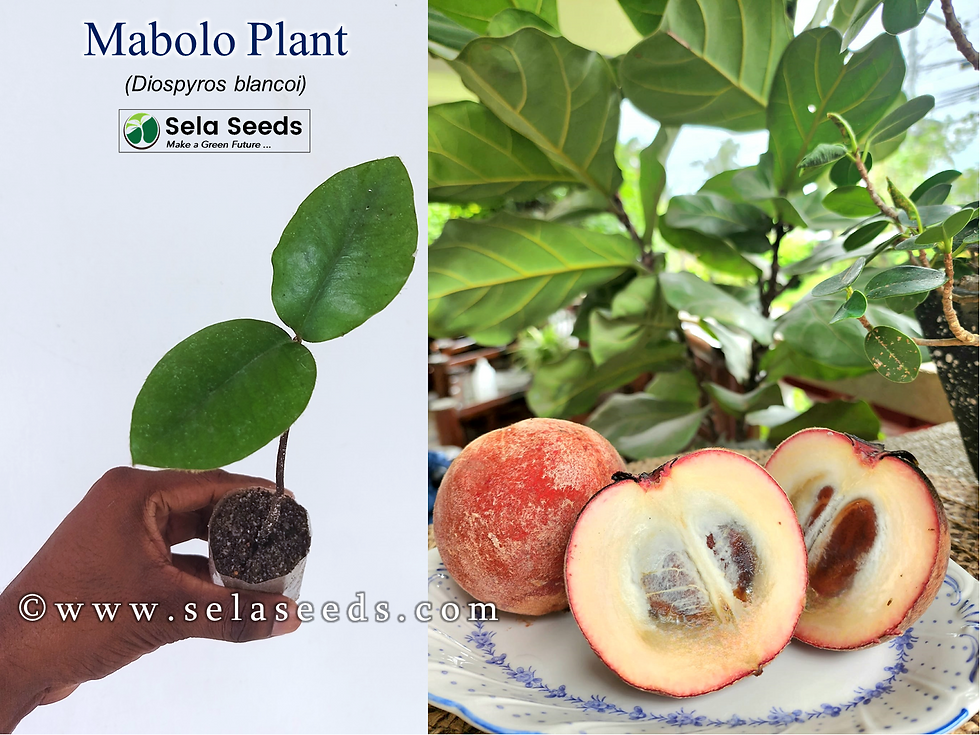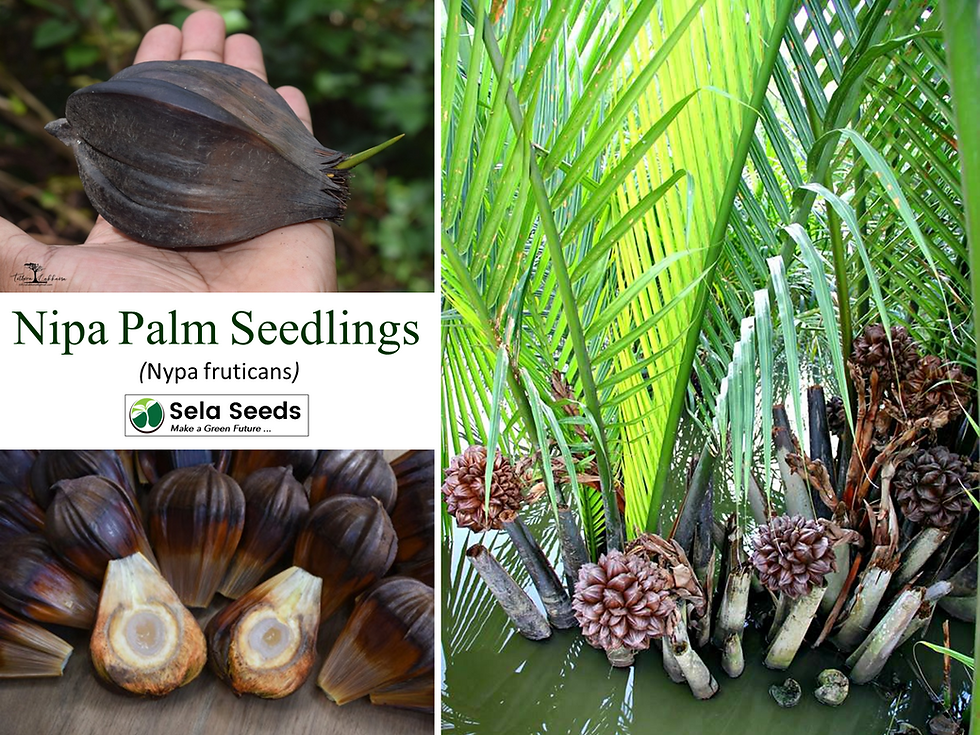Carnivorous (Nepenthes distillatoria)
6" - 8" Inches Size x1 Plant
Nepenthes distillatoria is an evergreen, climbing shrub, scrambling over other plants for support. An insectivorous plant, producing pitcher-like traps at the ends of its leaves into which insects fall and are digested in the fluid at the bottom of the pitcher.
Said to be one of the most useful fibre plants in Sri Lanka, where it is commonly gathered from the wild for use as a tying material and to make baskets. The digestive enzymes in the pitcher are believed to be of use in the research into the treatment of AIDS.
The plant has been listed as 'Vulnerable' in the IUCN Red List of Threatened Species(2010)
Habitat
Found in great abundance in wet low country, particularly where the wet ground has a sandy bottom.Waterlogged open scrub, along road embankments and other cleared areas, also in forest; from sea-level to 700 metres
Cultivation Details
A plant of the humid tropics. It grows best in areas where the temperature does not fall below 18°c in the cool season and can go as high as 38°c in the hot season.Requires ample moisture and a humid atmosphere.
Medicinal
This plant produces enzymes called nepenthesin I & II in its pitcher fluid and the enzymes are active at a low pH of 2.3. These digestive enzymes are valuable for medical research as they are similar to pepsin. The ultimate goal of the future research is to use these enzymes in research to help people infected by HIV from getting any symptoms of AIDS.
Other Uses
The long trailing stems are used in making baskets and as a tying material.
Known as 'one of the most useful cordage plants of Sri Lanka', the stems are widely used in building fences, walls, and sometimes in fixing the rafters of native cottages.
The pliable stems are extremely easy to manipulate when making baskets.
They are used for making small, durable, fancy baskets, teapot holders etc.
top of page
$75,00Prezzo
Ne restano solo: 2
Prodotti correlati
bottom of page

































